Brome Grass
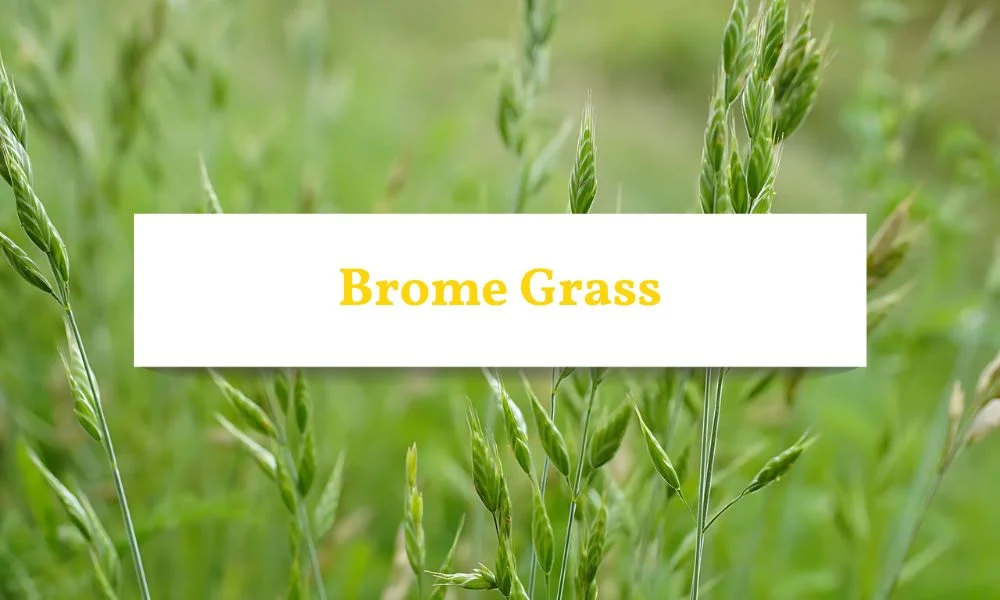
What Is Brome Grass?
Brome grass is a fast-spreading weed that invades lawns, paddocks, and crops. You can spot it by its long, narrow leaves and loose, nodding seed heads that turn from green to golden brown as they mature. Because it produces lots of seeds and grows quickly, it can take over large areas if you don’t control it early.
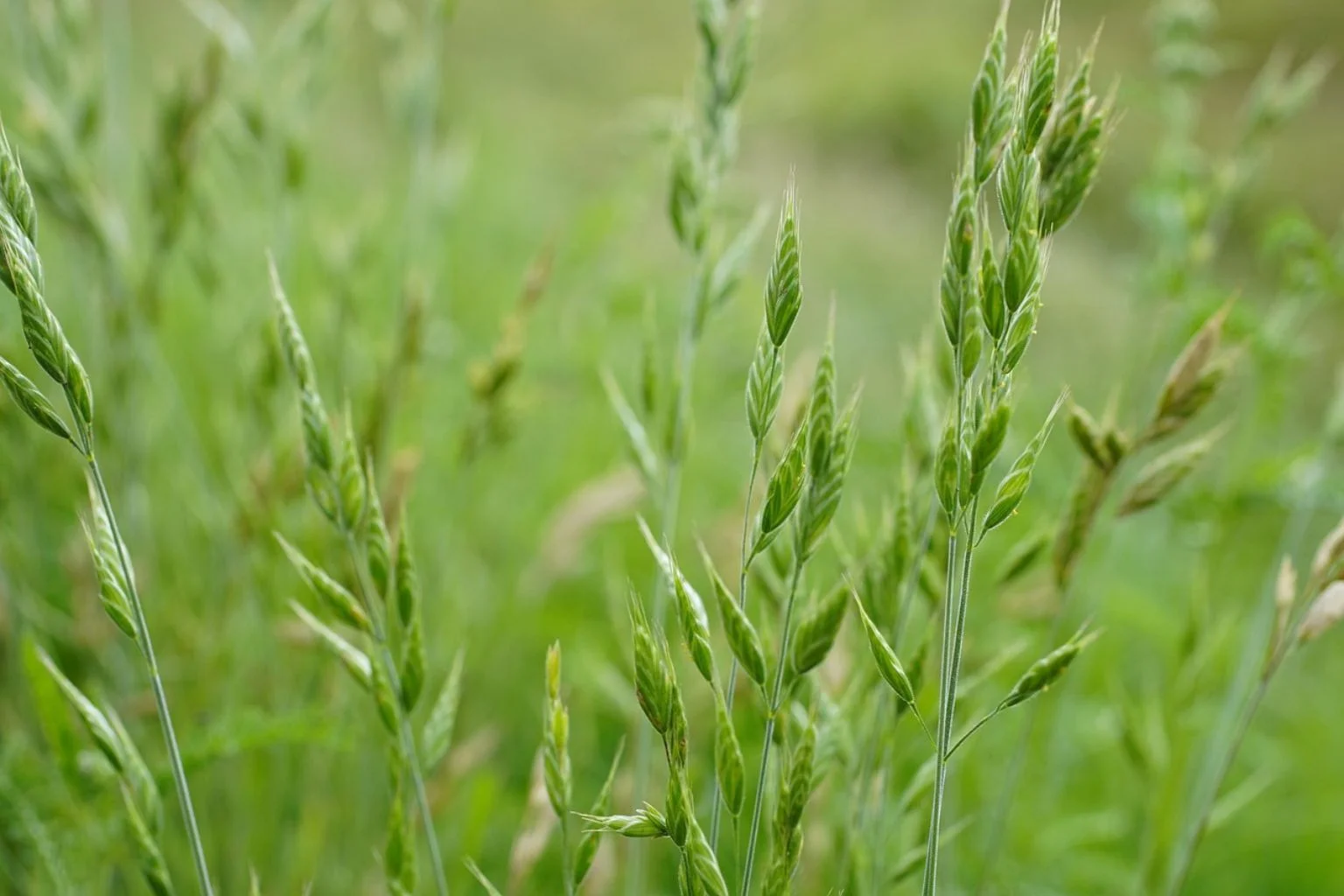
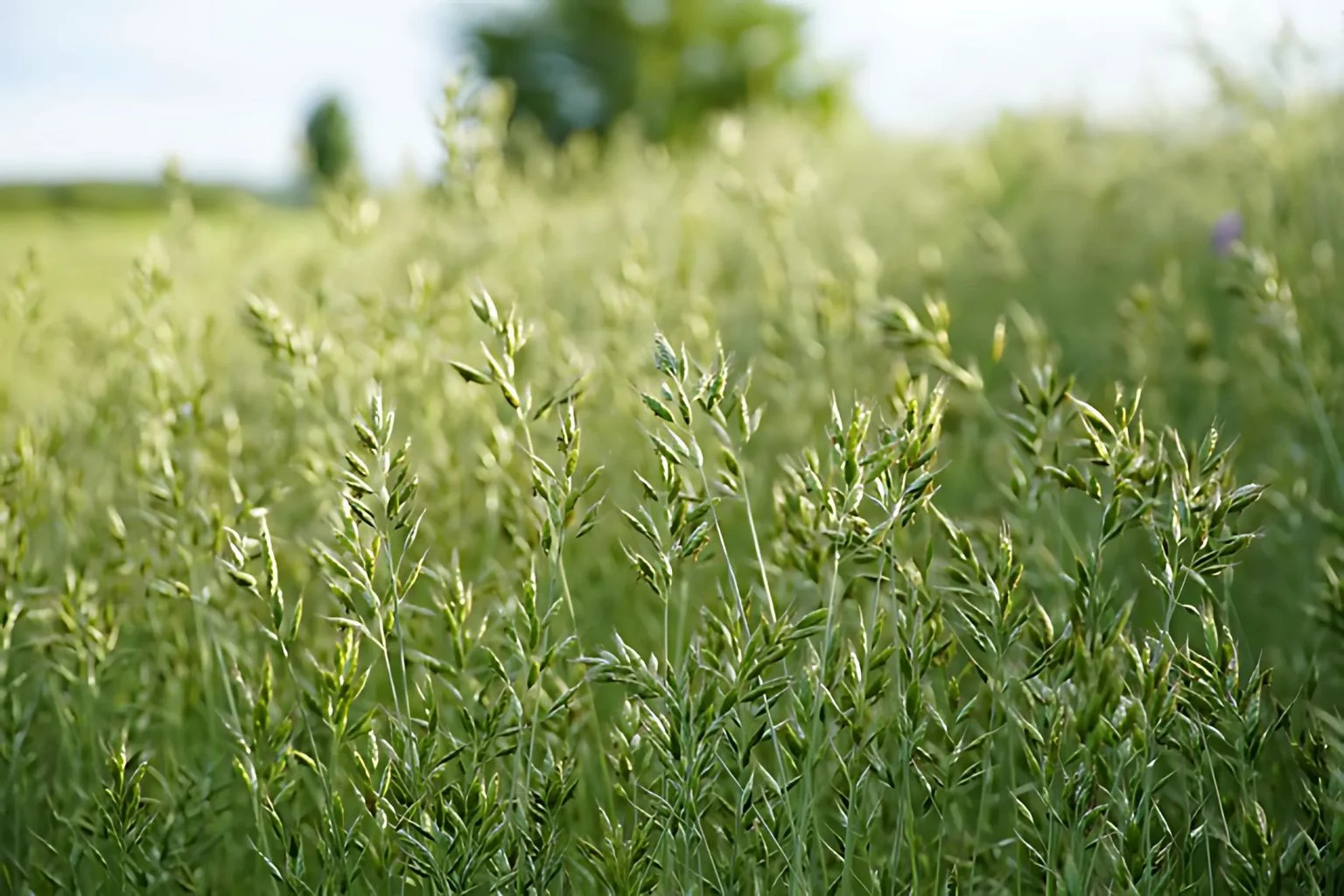
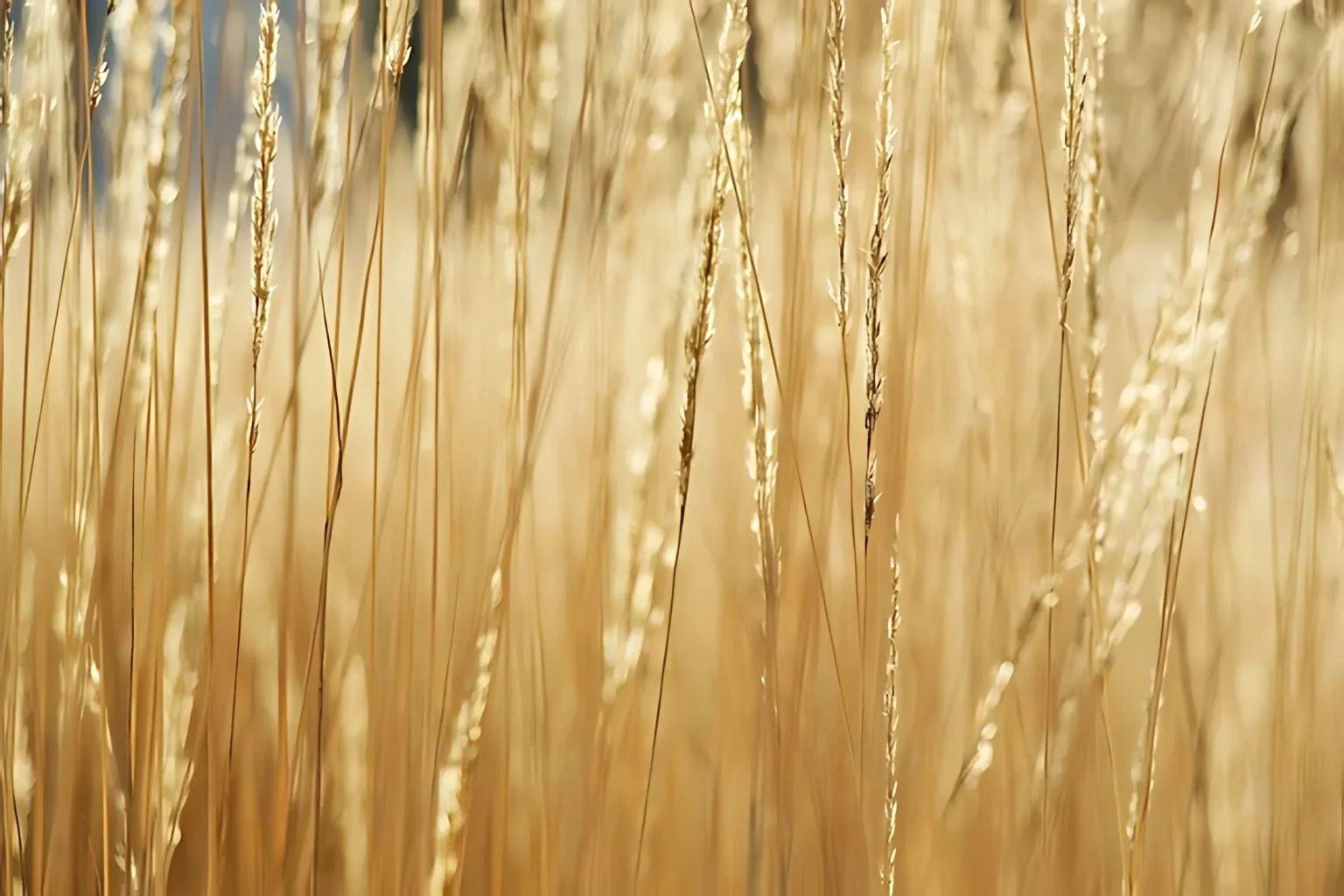
Why Is It A Problem?
How to Identify Brome Grass
Here’s how to spot brome grass in your lawn, pasture, or paddock. It grows fast and can take over quickly, so it’s important to learn what to look for.
Leaves
Brome grass has long, narrow leaves that feel soft and slightly hairy. They grow upright at first, then often droop over as they get longer. You may also see a visible line or groove running down the middle of each leaf.
Seed Heads
Its seed heads are loose, drooping clusters called panicles. These hang down and sway in the wind. As they ripen, the colour changes from green to golden brown. Each seed has a small awn (bristle) that helps it spread and stick to animals or clothes.
Growth Habit
Brome grass grows in thick clumps that can reach up to 90 cm tall. It often spreads along fences, roadsides, or disturbed ground. The plants become more noticeable in late spring and early summer when seed heads appear.
Seedlings
Young brome grass may look like other grass weeds, including wild oats or young wheat. However, its leaves feel softer and more flexible. As the plant grows, the drooping seed head becomes one of the easiest ways to tell it apart.
Effective Methods
Here’s how you can manage brome grass effectively in your lawn, crops, or paddocks:
Act Early
Start controlling brome grass as soon as you spot young plants. Tackling it early makes it much easier to handle before it sets seed and spreads.
Encourage Thick, Healthy Grass or Crops
Promote strong grass or crops to crowd out brome grass. Fertilise and water regularly to help your plants outcompete weeds. In crops, choose fast-growing varieties that cover the ground quickly.
Rotate Crops and Change Grazing
If you’re farming, rotate crops and change grazing patterns. This helps break the brome grass life cycle, reducing its numbers over time.
Use Selective Herbicides
For larger infestations, use a selective herbicide that targets brome grass but leaves your plants unharmed. Always follow the label instructions and spray when brome grass is young and actively growing. Rotate herbicides each season to help prevent resistance.
Remove Seed Heads Before They Spread
Mow or slash brome grass before it flowers and sets seed. This prevents new seeds from adding to the seed bank in your soil. If possible, collect and dispose of the cut material.
Watch for New Patches
Regularly check your lawn, paddock, or crops, especially after rain. If you spot new brome grass patches, act quickly to pull them out or spray them before they spread.
Chemical Control Options
Recommended Products
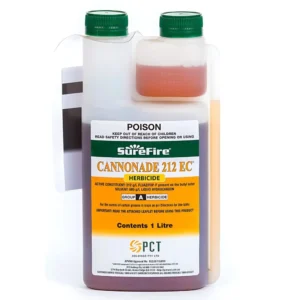
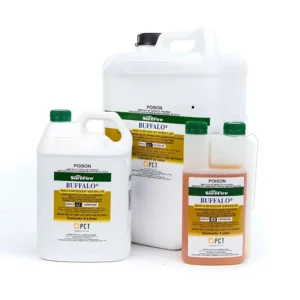
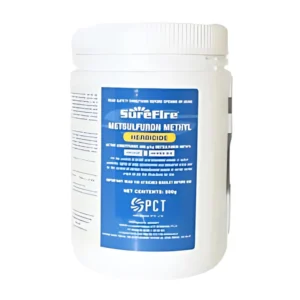
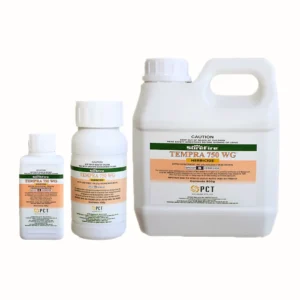





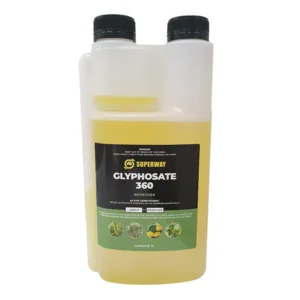
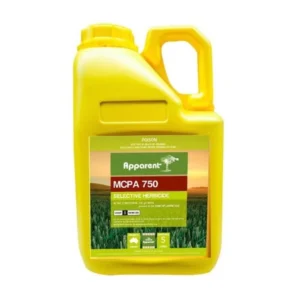
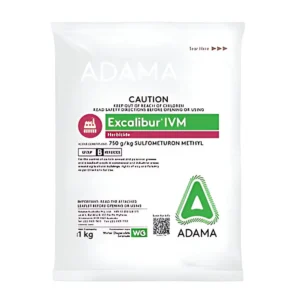
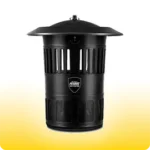 Mosquito Traps
Mosquito Traps